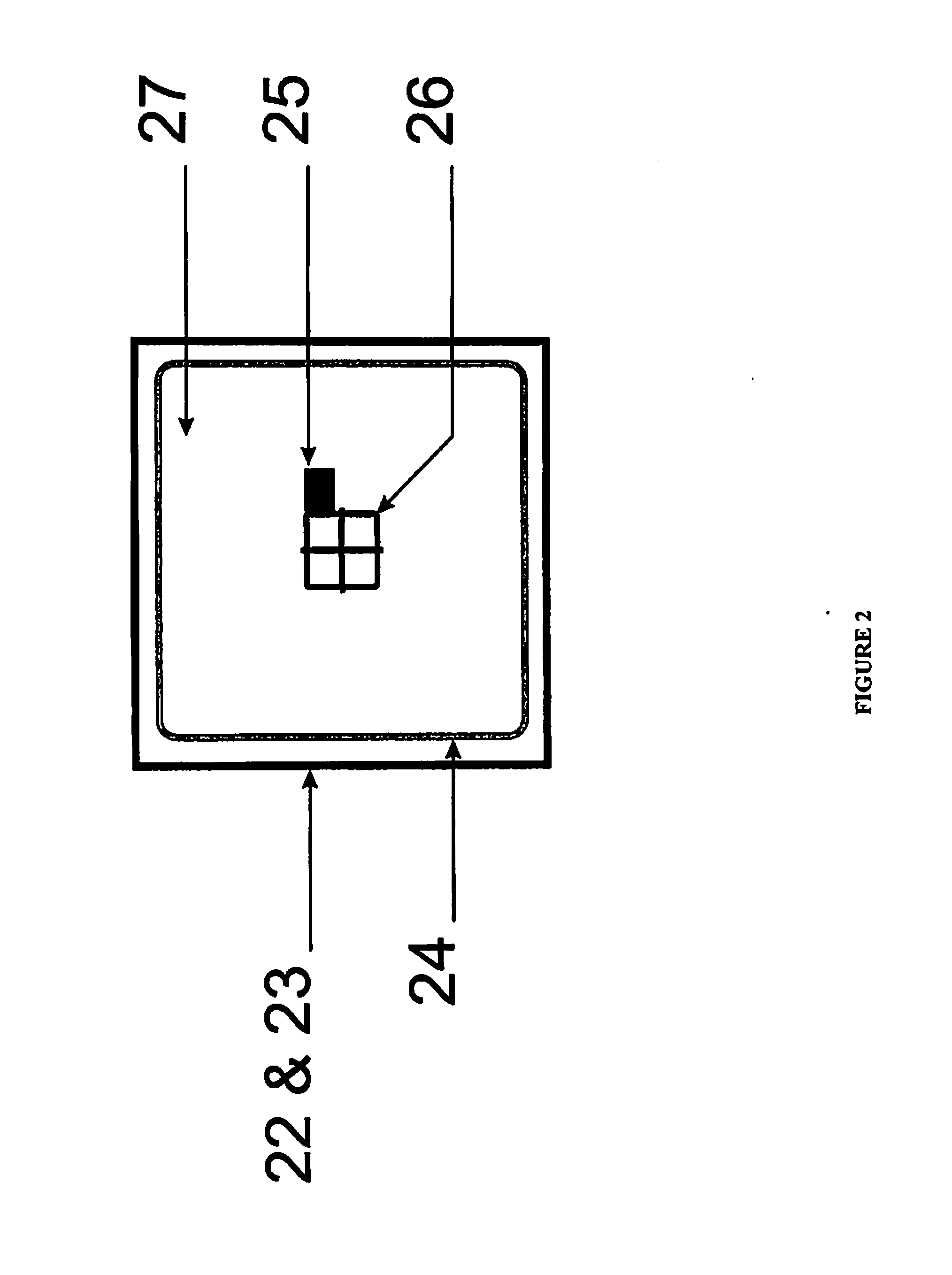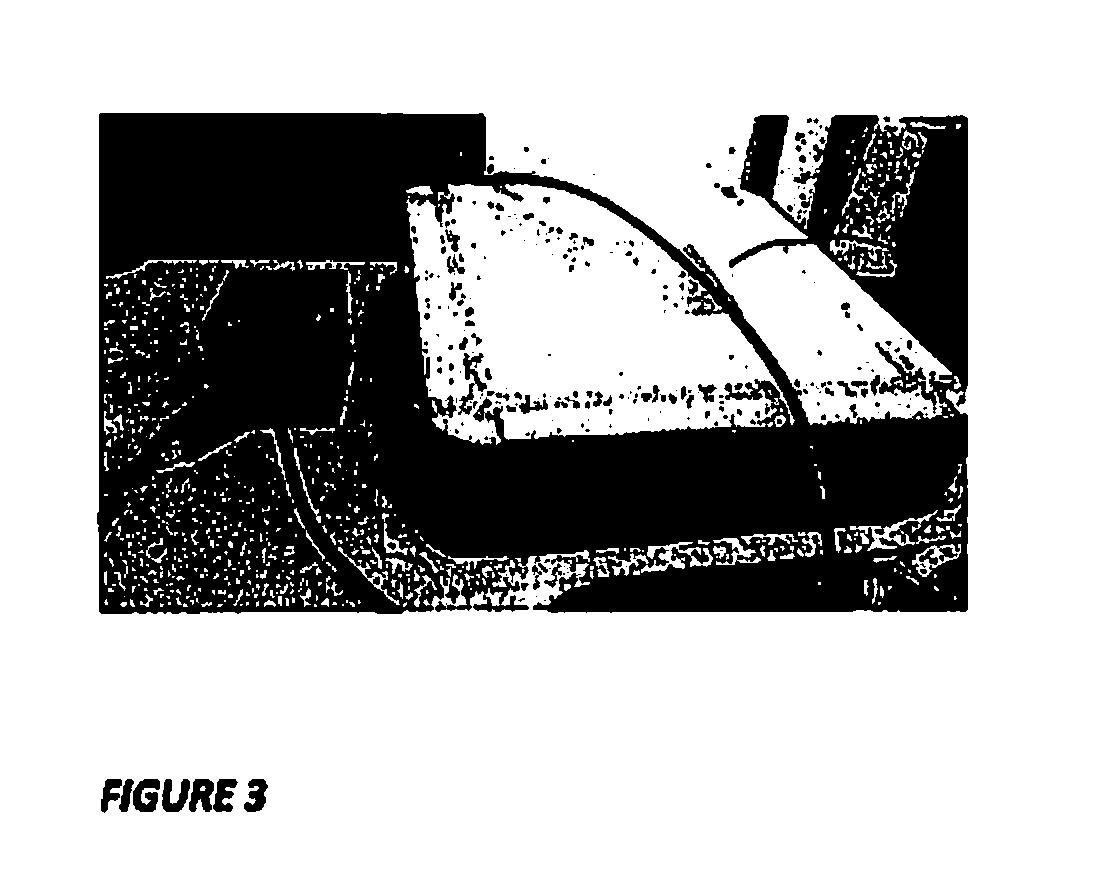System for the detection and classification of buried unexploded ordnance
a technology for detecting and identifying unexploded objects, applied in the field of system for detecting unexploded ordnance, can solve the problems of inability to distinguish between uxo and non-hazardous items in current technology, large problem of uxo contamination at former and current dod sites, and high cost of implementation, so as to reduce the number of anomalies, improve spatial resolution, and mitigate the problem of data processing/analysis
- Summary
- Abstract
- Description
- Claims
- Application Information
AI Technical Summary
Benefits of technology
Problems solved by technology
Method used
Image
Examples
Embodiment Construction
[0016]Referring now to FIG. 1, system 100 includes a wheeled cart 1 (with a handle for pushing by an operator) mounted on which is a GPS (global positioning system) / IMU (inertial measurement unit) tripod 2 and a sensor bed 3 comprising an upper sensor shell 3a and a lower shell 3b. Positioned on tripod 2 are a GPS antenna and receiver for providing the location of the cart 4 (e.g. latitude, longitude, and elevation) and an IMU 5 for providing the orientation of the cart (e.g. Pitch, Roll, and Yaw). A sensor array 6 is sandwiched in between the two parts of the sensor bed 3 and includes TEMTADS / 3D sensor 6a. A receiver cable 7 is attached at a first end to each receiver part of sensor 6a of sensor array 6 and at a second end to a receiver electronics 9. A transmitter cable 8 is attached at a first end to each transmitter portion of sensor 6a of sensor array 6 and at a second end to a transmitter electronics 10. Data acquisition electronics 11 acquires the received data and inputs the...
PUM
 Login to View More
Login to View More Abstract
Description
Claims
Application Information
 Login to View More
Login to View More - R&D
- Intellectual Property
- Life Sciences
- Materials
- Tech Scout
- Unparalleled Data Quality
- Higher Quality Content
- 60% Fewer Hallucinations
Browse by: Latest US Patents, China's latest patents, Technical Efficacy Thesaurus, Application Domain, Technology Topic, Popular Technical Reports.
© 2025 PatSnap. All rights reserved.Legal|Privacy policy|Modern Slavery Act Transparency Statement|Sitemap|About US| Contact US: help@patsnap.com



